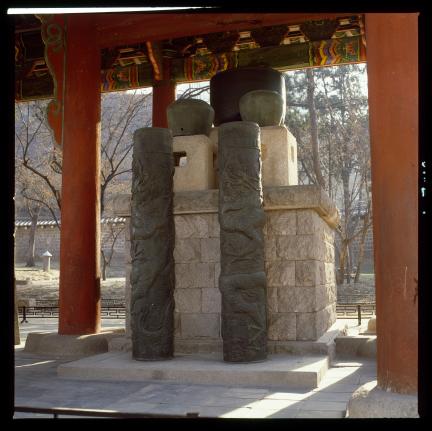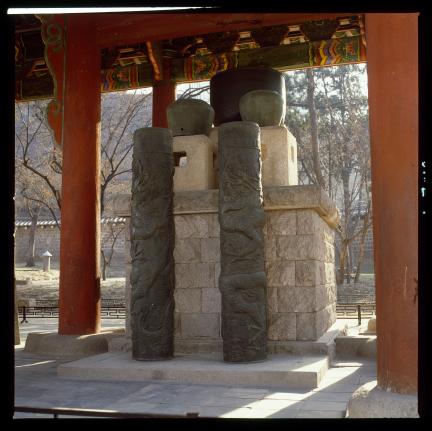국가유산 검색
국보
창경궁 자격루 누기 (昌慶宮 自擊漏 漏器)Clepsydra of Changgyeonggung Palace
| 분 류 | 유물 / 과학기술 / 천문지리기구 / 천문 |
|---|---|
| 수량/면적 | 1기 |
| 지정(등록)일 | 1985.08.09 |
| 소 재 지 | 서울특별시 종로구 효자로 12 (세종로, 국립고궁박물관) |
| 시 대 | 조선 중종 31년(1536) |
| 소유자(소유단체) | 국유 |
| 관리자(관리단체) | 국립고궁박물관 |


국보
창경궁 자격루 누기 (昌慶宮 自擊漏 漏器)Clepsydra of Changgyeonggung Palace
| 분 류 | 유물 / 과학기술 / 천문지리기구 / 천문 |
|---|---|
| 수량/면적 | 1기 |
| 지정(등록)일 | 1985.08.09 |
| 소 재 지 | 서울특별시 종로구 효자로 12 (세종로, 국립고궁박물관) |
| 시 대 | 조선 중종 31년(1536) |
| 소유자(소유단체) | 국유 |
| 관리자(관리단체) | 국립고궁박물관 |

ⓒ 2000. CULTURAL HERITAGE ADMINISTRATION. ALL RIGHTS RESERVED.



 문화유산
문화유산


